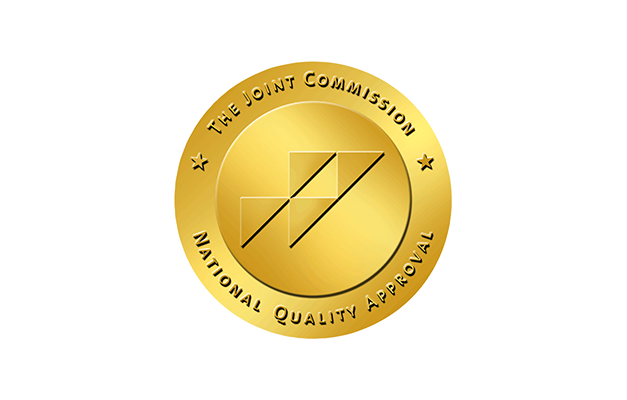Spinal fusion surgery is an option for patients who no longer get relief from other treatments, and are experiencing chronic pain or impairment due to spinal instability, unstable fractures, deformities of the spine or spondylolisthesis.
The Lawrence + Memorial Hospital neurosurgery team delivers exceptional clinical care in a compassionate and supportive environment. Known for its quality of care, the team includes specially trained neurosurgeons, nurses, physical therapists, physician assistants, nursing assistants, rehabilitation specialists, case managers and the program coordinator.
We have a pre-operative patient education program and our program coordinator guides each patient from the time the surgery is booked until after the patient returns home from the hospital or short-term rehabilitation. Patient support services include making discharge arrangements and coordinating home care and rehabilitation services.
An option for surgical patients is autotransfusion, enabling a patient’s own blood to be transfused, if needed, during a surgical procedure. This may reduce the need for a transfusion from donated blood and risk of infections that can result from traditional blood transfusions.
Enhanced Recovery After Surgery Pathway
To optimize a patient’s recovery after spine surgery, our multidisciplinary team follows an enhanced recovery after surgery (ERAS) pathway. This pathway uses best practice elements before, during and after surgery, helping patients feel better, faster. Patients generally have a shorter hospital stay with less pain and fewer complications. The goal is for patients to be in their best health as possible before spine surgery. Other core ERAS elements include opioid-sparing pain management techniques, and within several hours after a patient’s surgery both walking and return to a normal diet. The ERAS pathway is used with many spine surgeries including cervical, lumbar and thoracic.




